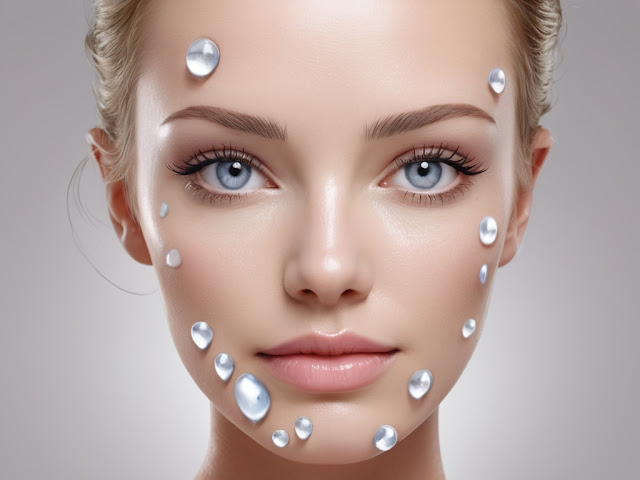Title: Botox vs. Fillers: Understanding the Key Differences for Enhanced Aesthetics
What’s the difference between Botox and fillers?
In the world of cosmetic enhancements, two popular treatments often come up in discussions: Botox and fillers. While both are used to reduce the signs of aging and enhance facial features, they serve distinct purposes and work in different ways. Understanding the differences between Botox and fillers is crucial for anyone considering these treatments for rejuvenating their appearance.
What is Botox?
Botox, short for Botulinum Toxin, is a neurotoxin derived from the bacterium Clostridium botulinum. Despite its toxic origins, Botox is used in minuscule amounts for cosmetic purposes. It works by temporarily paralyzing muscles in specific areas of the face, thereby reducing the appearance of wrinkles and fine lines caused by repetitive muscle movements, such as smiling or frowning.
How Do Fillers Differ?
Fillers, also known as dermal fillers or soft tissue fillers, are injectable substances used to add volume, plumpness, and fullness to various areas of the face. Unlike Botox, which targets muscle movement, fillers work by filling in wrinkles, lines, and hollow areas to create a smoother and more youthful appearance. They are commonly made of hyaluronic acid, a substance naturally found in the body, or other biocompatible materials.
Key Differences:Mechanism of Action: Botox works by blocking nerve signals to the muscles, temporarily inhibiting muscle contraction and smoothing out wrinkles. Fillers, on the other hand, physically fill in wrinkles and add volume to areas of the face that have lost fullness due to aging.
Target Areas: Botox is primarily used to treat dynamic wrinkles, such as crow's feet, forehead lines, and frown lines between the eyebrows, which are caused by muscle movement. Fillers are versatile and can be used to add volume to areas like the cheeks, lips, nasolabial folds (smile lines), and under-eye hollows.
Duration of Results: Botox results typically last between three to six months, after which muscle activity gradually returns, and wrinkles may reappear. Fillers offer longer-lasting results, with effects lasting anywhere from six months to two years, depending on the type of filler used and individual factors.
Treatment Time: Botox injections are quick and relatively painless, often taking just a few minutes to administer. Fillers may require slightly more time as the injection sites are strategically chosen to achieve the desired results.
Cost: The cost of Botox and fillers can vary based on factors such as the amount of product used, the expertise of the injector, and the geographic location. Generally, fillers tend to be more expensive upfront due to their longer-lasting effects, while Botox may require more frequent touch-ups.
Conclusion:
While both Botox and fillers offer effective solutions for addressing signs of aging and enhancing facial aesthetics, it's essential to understand their differences and consult with a qualified and experienced cosmetic injector before undergoing any treatment. Whether you're looking to smooth out wrinkles or add volume to specific areas of your face, knowing which option best suits your needs will help you achieve optimal results and maintain a youthful appearance for years to come.


No comments:
Post a Comment